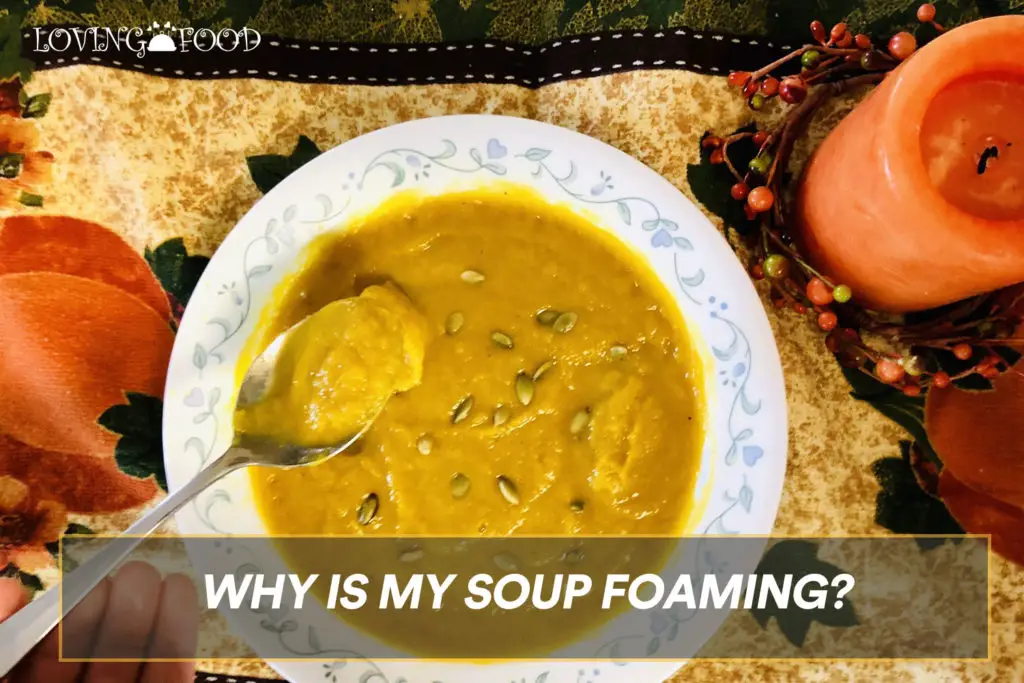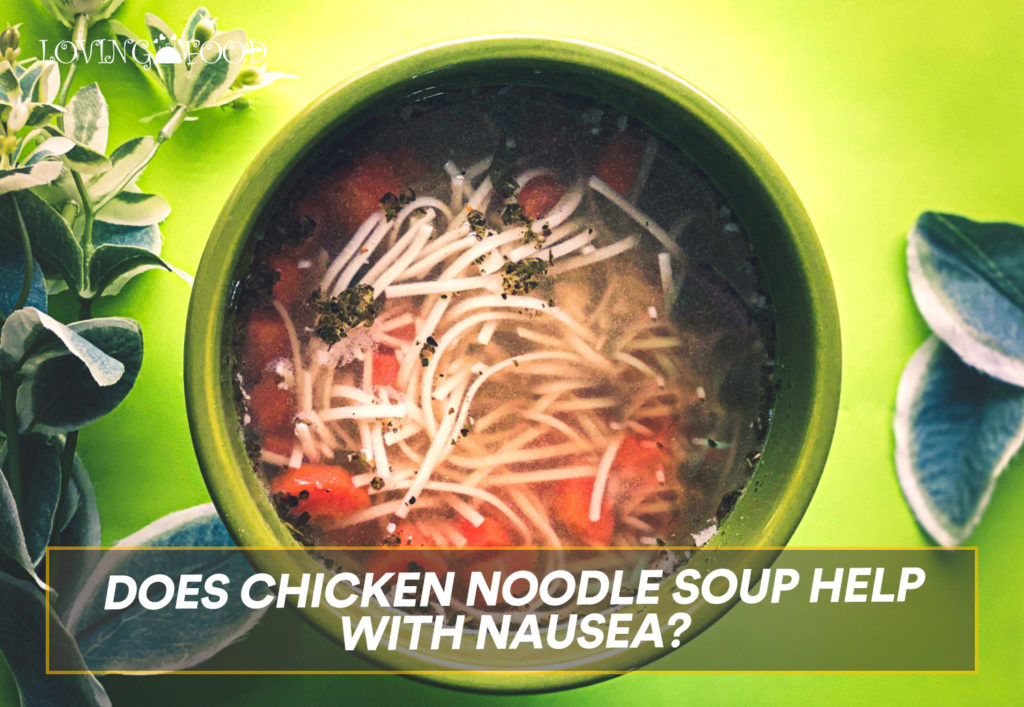Have you ever wondered why, after pouring hot soup, the outer surface of your bowl becomes extremely hot? We’ve figured out what causes the outside of your bowl to get heated after a while.
Due to a physics mechanism is known as heat transfer, the outside of a bowl of soup becomes hot. Conduction and convection are the heat transmission processes that occur in your bowl of hot soup.
Not to worry, we have broken down these terms into simpler bits for better understanding. For you, we have provided information on the reasons the outer surface of your bowl gets hot and tips to keep your soup warm.
Why Does the Outside of a Bowl of Soup Get Hot?
Heat naturally travels from a hotter to a cooler environment. When the soup is still hot, the outside of your bowl cannot stay cool. There would always be a heat transfer. Heat transmission processes are known as conduction and conduction causes the outside of a bowl of soup to become hot.
Conduction is the heat transfer that occurs when two items come into direct touch with each other. Because the soup and the bowl are in direct contact, both the inner and outer surfaces of the bowl will heat up if the hot soup is poured into it.
In a similar vein, when you pour hot coffee into a mug, both the inside and outside surfaces of the mug warm up.
Note that conduction occurs when the solid object is a good conductor of heat. Any object or material that allows heat to travel easily is a good conductor of heat. Materials such as iron, aluminum, bronze, and copper are examples.
Convection is the process by which heat travels through, air, liquid, and other gases. The steam from your bowl of soup heats the air surrounding it, transporting heat to the outer surface of the bowl in just a few minutes.
Furthermore, gravity aids in the convection method of heat transmission by transferring heat from the hotter to the colder area. Convection, unlike conduction, solely works with fluids and gases, regardless of the bowl’s material.

However, the duration of heat transfer varies, depending on the material the bowl is made of. Some materials take longer to heat up than others and this can be attributed to whether the materials are good or bad conductors of heat. This is the reason the outer surface of an aluminum bowl would heat up faster than a plastic bowl of hot soup.
Both processes are the reasons the outside of your bowl of soup gets hot. The process of heat transfer is also what occurs when you touch a hot bowl of soup and your hands warm up.
Tips on Keeping Your Soup Hot And Fresh
We’ve included some suggestions for keeping your delicious soup warm. You can keep your soup hot or warm in a variety of ways. They include:
- A quality thermos can keep your soup hot for an extended period of time. Fill the thermos halfway with boiling water before pouring the soup in, then seal for around 5 minutes. After that, heat your soup until it’s very hot, then pour it into the thermos and properly close it.
- Keep your soup refrigerated if you aren’t going to serve it right away. You can reheat the soup whenever you want. To reduce the effect of temperature fluctuation, place the soup’s container somewhere where the temperature is very stable. This preserves the freshness and flavor of your soup.
- Use slow cookers with warm settings to keep your soup warm before transferring it to the refrigerator.
- Keep your covered bowl of soup warm by wrapping it in aluminum foil and a napkin.
- Using insulated thermal bags to keep your soup warm is also a good idea. Do not store your soup in the fridge for longer than 3 days except you move it to a freezer.
Final Note
Physics is responsible for the reason the outer surface of your bowl of soup gets hot outside.
Dish towels or cloth napkins can come in handy next time you want to carry a hot bowl of soup. Follow the tips we have provided to keep your soup hot and tasty.








